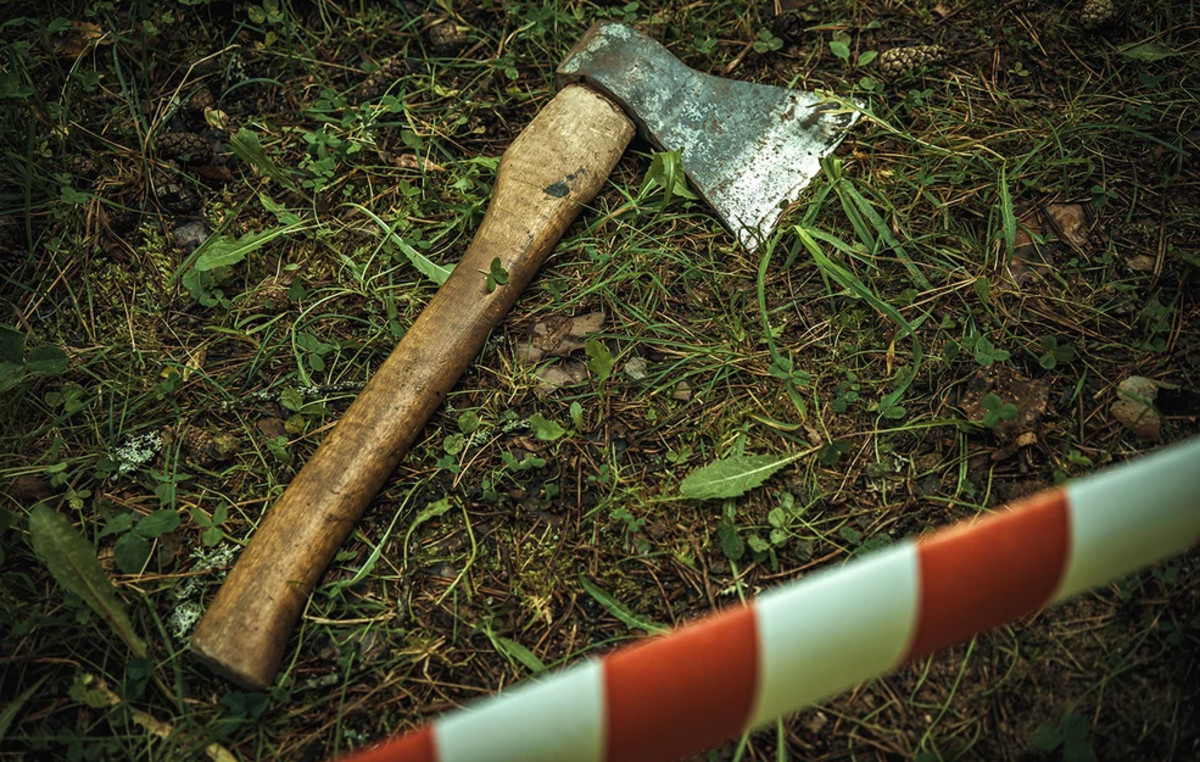Sweetheart of starters, the burrata it's always there. Its creaminess and freshness won the hearts and taste buds of Brazilians. And this is not the case now. For at least five years, it has been ubiquitous on the most varied menus.
First, it was only used as an aperitif. Afterwards, it started filling pasta and accompanying pizzas. When everyone seemed to have become familiar with the product, stracciatella appeared. Stracciatella on bruschetta, spaghetti alla crema di stracciatella… Ready!
Then came the gossip that burrata was out of fashion and that this one was now the queen of the place. So it is. What many people don't know is that this “cheese cream” with a difficult name is nothing more than the burrata filling. A quick explanation: “Burrata is a ball of filada dough stuffed with a mixture of cream and mozzarella threads”, explains Italian Rocco Tanga, partner at Laticínio Artigianale, in Barbacena, Minas Gerais. That is, it was fake news.
And while browsing the menus, we decided to give an overview of the cheeses that are currently in fashion. Greek salad with feta cheese. I doubt you haven't come across one recently. But, did you know that feta cheese, that snack with a grainy texture, is made with goat's or/and sheep's milk? Oh! Now, one more thing: do you know our daily cacio e pepe? It's prepared with pecorino, right? And tell me: what is pecorino? In Italian, the word means sheep's baby. In other words, it is a cheese prepared with sheep's milk and which goes through a maturation process that can last up to 500 days.
“We cure our pecorinos for 45, 90, 180, 270 and 500 days”, explains Nicole Sachet Maso, marketing director at Casa da Ovelha, a dairy specializing in sheep products in Bento Gonçalves, Rio Grande do Sul. “The youngest they are soft and smooth. The 180 and 270 days are reminiscent of parmesan and the 500 days are reminiscent of grana padano”, she compares.
The history of pecorino begins thousands of years ago. At the time of the Roman Empire, it was much appreciated at large banquets and was part of the basic diet of soldiers at war: 27 grams of pecorino along with soup and bread. From the 20th century onwards, immigrants took the recipe to America and this Italian cheese took over the world.

Goat cheeses were born when men still lived in caves. According to archaeological records, they were made almost 10,000 years ago and come from the territory now occupied by Iran, in the Middle East. “What sets this cheese apart is that it is very simple and primitive. It carries the tradition of millennia”, says Heloisa Collins, from Capril do Bosque, in Joanópolis, São Paulo. On her site, she produces around fifteen different types of cheese, some similar to the famous European ones and others unique.
“We still do it almost the same way as man did back in the beginning. These are cheeses that take three to four days to be ready”, adds Heloisa. Among the winners, Dolce Bosco stands out, a version of the Italian dolce gorgonzola, which took bronze at the Mondial du Fromage, in France, in 2023 and Super Gold at the Cheese World Championship in Brazil, in 2022.
To learn a little about the infinite cheese-making universe, we made a list of the main characteristics and stories of some cheeses that appear most often on the menus of trendy restaurants.
Buffalo cheeses
Author of the books “Queijos do Campo à mesa”; “Cheeses – origins, types, manufacturing, conservation and uses”; and “The great cheese market”, specialist Jair Jorge Leandro says that buffaloes produce between 10 and 15 liters of milk per day. The flavor is sweet, floral and aromatic and perhaps the “most neutral” among all milks. “It is very white due to the absence of beta-carotene in its composition”, he explains. The best-known cheese is mozzarella di bufala campana.

Buffalo mozzarella : originates in the Campania region, in southern Italy. Its production dates back to the 12th century, when buffaloes were introduced to the region. The product is obtained through curd, which is the combination of milk and rennet. Then the dough is cut and subjected to hot water (temperature 100 degrees) to form the cheese threads. This step is known as filature. The mozzarella is then shaped and cooled in ice water, resulting in an elastic texture. Soft and delicate flavor with a slight acidity. It is a cheese used as a filling, in salads and sandwiches.
Stracciatella : they say it was created at the beginning of the 20th century by farmers in Puglia who decided to reuse the waste from filada pasta with cream. The Italian word means shredded.
Burrata : originates in the Puglia region, also in southern Italy. Its history, however, is recent, beginning at the beginning of the 20th century, when master cheesemaker Lorenzo Bianchino found himself in a terrible blizzard in 1956, which made it difficult for milk and its derivatives to flow from the farm to commerce. It was then that he had the idea of preserving the pasta filada by reusing it in the form of a bag to better preserve the stracciatella. This is how the famous burrata di Andria was born, in reference to the province of Andria-Barletta. Despite having the same base as mozzarella, instead of being molded, the dough is delicately shredded and mixed with fresh cream. Its flavor is unctuous, thanks to the fat in the cream. It is ideal for serving with bread, toast and salads. “Just to give you an idea, I have seven employees just to parade the mozzarella that goes inside the burrata. It’s a very delicate and artisanal process”, says Rocco Tanga, from Laticínio Artigianale. The dairy produces around 800 kilos of cheese per day.

Sheep's cheeses
International cheese specialist Jair Jorge Leandro defines sheep's cheese as creamy. “It has a slight shine due to the amount of proteins and fats. The flavor is often nutty with a green grass aroma,” he says.

Pecorino : the origin of pecorino cheese is the city of Luni, in Tuscany, Italy. The first records date back to the Roman Empire, making it one of the oldest cheeses in the country. The food was part of the diet of Roman soldiers at war and was mentioned by several authors such as Hippocrates and Columella. It is a hard, compact and salty cheese and the flavor varies according to its maturity. When young, it has a smooth, rubbery texture. After eight months of curing, the flavor becomes more pronounced and takes on a slight smokiness, reminiscent of grana padano. There are four pecorino cheeses with the Protected Designation of Origin (PDO) seal: Romano, Sardinian, Sicilian and Tuscan.
Manchego : Spanish cheese made from sheep's milk. Created in the Mancha region, it also has the Protected Designation of Origin (DOP) seal. It was cited by Miguel Cervantes in his main work, “Don Quixote de la Mancha”, in 1605. Its shape is cylindrical with flat faces, a maximum height of 12 centimeters and a diameter of 22 centimeters. It has a spicy flavor like pecorino, but is less salty.
Labneh : widely used in the Middle East, “it’s between yogurt and cheese”, explains Nicole Sachet Maso, from Casa da Ovelha. In India it is called “dahi” and “suzme” in Turkey. Serves as a base for tzatziki sauce, prepared cucumber and garlic salad. Some people confuse labneh with chancliche, a cheese prepared with cow's milk and which is common in both Syrian and Lebanese cuisine.
Roquefort : it is the most consumed cheese in France, in addition to being the first to receive the AOC (Apellation d'Origine Controle), a seal that guarantees that the product was manufactured in accordance with the standards defined in the region in which it was produced. In 1996, it received the Protected Designation of Origin (DOP) seal. It is produced with raw sheep's milk to which the fungus Penicillium roqueforti is added, responsible for producing mold and providing the blue veins inside.
Goat cheeses
“The goats produce clean milk with a very characteristic smell and flavor, which brings a more mineral taste to the cheese”, explains specialist Jair Jorge Leandro. A goat produces, on average, 2 liters of milk per day. At Capril do Bosque, in Joanópolis, São Paulo, Heloisa Collins makes around 30 kilos of cheese per day. “I believe in craftsmanship, in making extremely delicious things for a few people,” says the producer.

Feta : very popular in Greek cuisine and is therefore often called Greek cheese. It has a light and salty flavor. It is made with pasteurized milk curdled with fresh yogurt. It can also be made with sheep's milk.
Valençay : pyramidal shaped cheese, it is creamy and matured with a charcoal coating and white molds, which give it a flowery rind. Lactic fermentation, the dough is moist and firm at the same time. It is a French cheese from the Berry region.
Chabichou : its origin is French, from the Poitu-Charentes region. It is a soft cheese with a soft, smooth and creamy texture, with a rind covered in white mold. It has an acidic and slightly spicy flavor.
Gournay (Boursin) : born in France, it can be made with cow's, goat's or sheep's milk. It was created in 1957 by François Boursin, in Normandy. Despite being named gournay, the product ended up adopting the name of its inventor. It is fresh and has no skin, which makes it ready for immediate consumption. It can be served natural or with seasonings such as pepper, garlic and fine herbs.
Bûche : soft, soft cheese with 50% fat content. It is creamy, ivory white in color and has a slightly sweet and spicy flavor. Made from pasteurized goat's milk. It is covered with a fluffy, white crust and its crumb melts easily.
Rocamadour: takes its name from its city of origin, in France. It is made from raw milk that is curdled for at least 20 hours at a minimum temperature of 18 degrees. After draining, the dough is worked, salted and placed in individual molds. The minimum saturation period is 6 days, reaching up to 15 days. Its crust ranges from white to beige, with a velvety appearance. Soft, it can be creamy or dry depending on the curing time.
Source: CNN Brasil
Johanna Foster is an expert opinion writer with over 7 years of experience. She has a reputation for delivering insightful and thought-provoking articles on a variety of subjects. Her work can be found on some of the top online news websites, and she is currently lending her voice to the world stock market.







